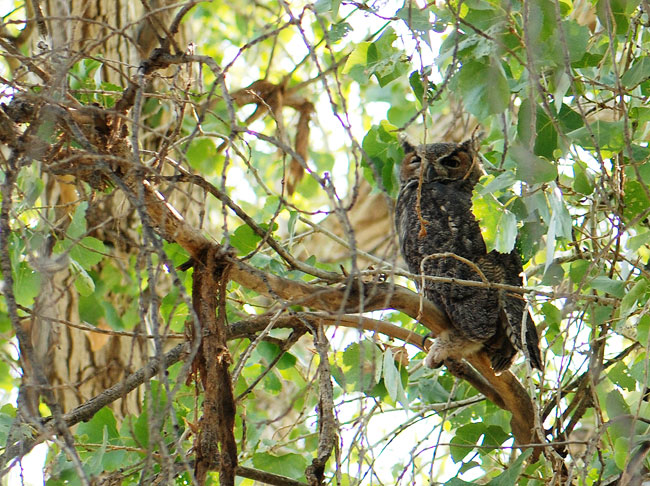The majority of plants can’t move from where they are planted once they start growing, yet we see plants almost everywhere. How do they get there?
Many plants travel as seeds, which have many different ways to spread and scatter. Some seeds are carried by animals, some float on the wind, others float on water, some simply roll down hill due to gravity, and still others have ways to shoot out of their seed pods. The ways that seeds move from place to place is called “seed dispersal.”
See for example, these spectacular examples of seed dispersal in this video from the Smithsonian Channel.
Activity 1. Investigate seed structure and movement through observation.
Take a look at some of seeds and guess how they might be transported from place to place.
 How about these tickseed sunflower seeds? How do you think they are dispersed?
How about these tickseed sunflower seeds? How do you think they are dispersed?
How do the Chinese elm seeds (samara) look? How do you think they move around?
 Willow acacia seeds have red or orange structures attached to them. Any idea how those might help the seeds move around?
Willow acacia seeds have red or orange structures attached to them. Any idea how those might help the seeds move around?
 Do you have any idea how these filaree seeds move about?
Do you have any idea how these filaree seeds move about?
For the answers, see the bottom of this post.
Go outside and look for seeds, particularly in the fall. Observe them and try to figure out how their structure helps them get from place to place. Look at them through a hand lens. Toss them in the air. Blow on them. Put the seeds in a puddle. See if they will stick to your sleeve. Think about where you see seeds and how they got there.
Once you have made your observations, research what others have found out about how those particular seeds disperse. If little is known, design and conduct your own experiments.
Activity 2. Floating Seeds
Seeds – like the sea bean – can float from place to place. They don’t have to be in a big body of water like the ocean, either. A small trickle created by a downpour of rain may be enough to float seeds away.
Gather:
- Large bowl, sink, tub or aquarium to fill with water
- Seeds or fruits to test for ability to float: Â coconuts, cranberries, a pinto bean or other dried bean, etc.
Predict what will happen to each item and then test each item. Let the seeds or fruit float as long as possible to show that they might reach land without sinking. You might want to cut open a cranberry to show the seeds inside. (Remember that cranberries are harvested by floating them in ponds). Is a cranberry that has been cut open still able to float?
More advanced activity:
Scientists in Hawaii needed to know how plants arrived on the islands in order to protect native species and prevent introductions of invasive species. A scientist named Henry Guppy placed different seeds in jars of seawater for several months to see how long they could float.
Design your own experiment to test which seeds float in your area and investigate how they do it.
Have you ever gone to the beach or the shore of a lake? Look for seeds on the shore that were carried there by water.
Wayne’s World has an extensive discussion of the botany of drift seeds and drift fruit (those that float).
Activity 3. Flying Seeds
Most of us have seen seeds flying in the air at one time or another. Dandelions, milkweeds, maple keys and cottonwoods are just a few examples of trees with seeds that ride the wind.
Dandelion and oleander seeds fly with structures that are like tiny parachutes. If you are interested, try investigating parachutes.
Design an experiment to test how far a dandelion seed can fly. How would you measure it?
Science Buddies has suggestions for how to carry out a seed dispersal experiment called Gone with The Wind (based on a similar experiment at Scientific American).
Advanced:
Maple keys are so interesting that scientists take high speed movies of them to discover the secrets of their movements. According to this study, the keys produce swirling air like mini-tornadoes while they spin. Here the seed has been dropped in oil to make the whirls easier to see.
Do you see the tiny swirls that form over the end of the “tail” part of the key? Cool!
For more about maple key science, try these links:
If you want to learn more details about the botany behind wind dispersal, try Wayne’s World.
Do you have a question about seed dispersal? Feel free to free to leave your questions or further activity suggestions in the comments.
![]()
To see our complete plant science lessons, either visit the plant science category (newest posts to oldest posts) or the plant science section of our experiment archive page (links to posts in order).
For more information about plants and seeds, try our Seed of the Week archive or the mystery seed tag and Seed of the Week category.
Seed dispersal answers:
- Tickseed sunflower seeds have barbs that stick to clothing and fur. They are carried by animals.
- The wings on the Chinese elm seeds help them float on the wind.
- The red and orange structures on the willow acacia seeds are eaten by birds and other animals. The animals carry away the seeds, eat the red part and discard the hard, slippery seeds.
- Filaree seeds have an interesting ability to twist themselves into the soil. They are like tiny drills.
- Nuts, like hickory nuts, are often carried away and buried by animals.

















